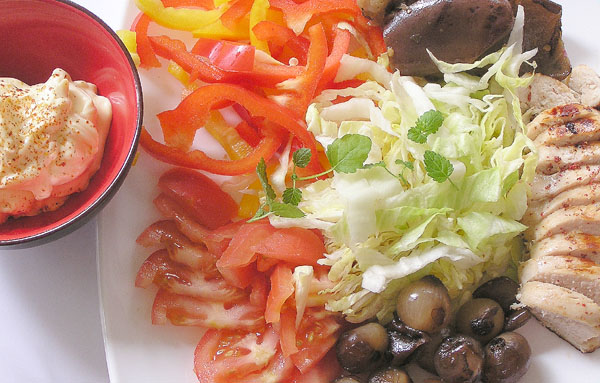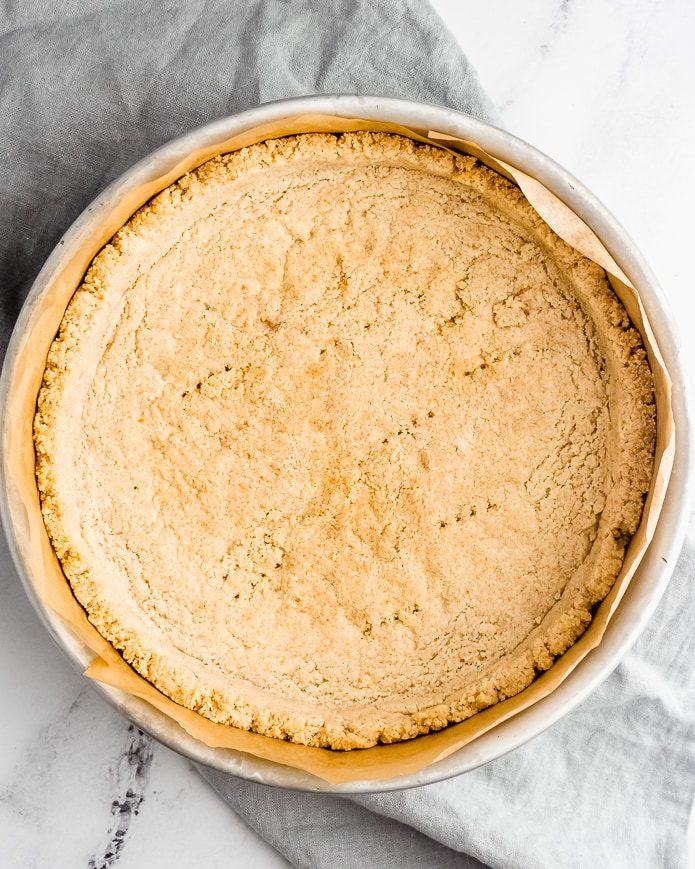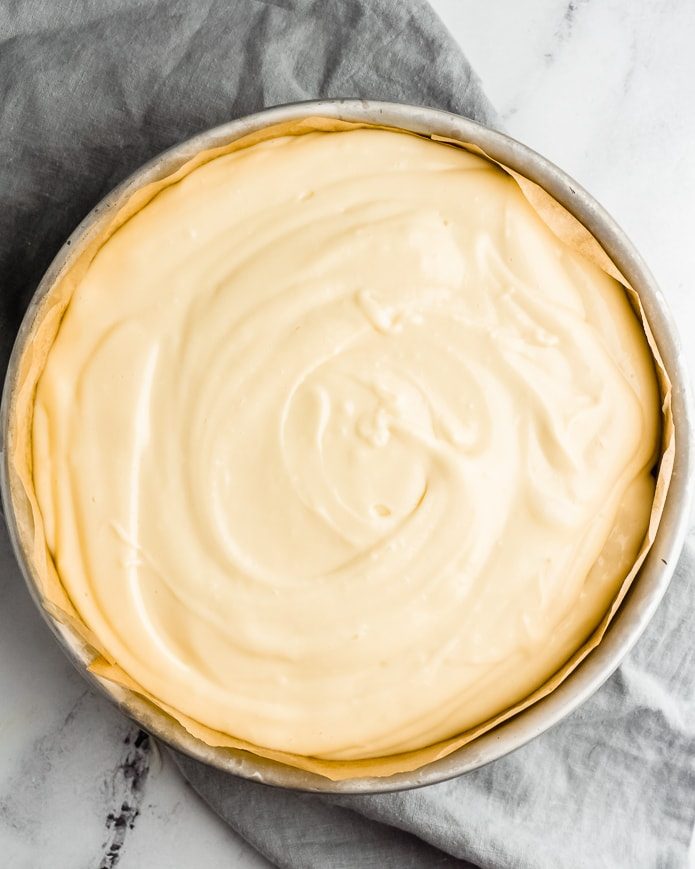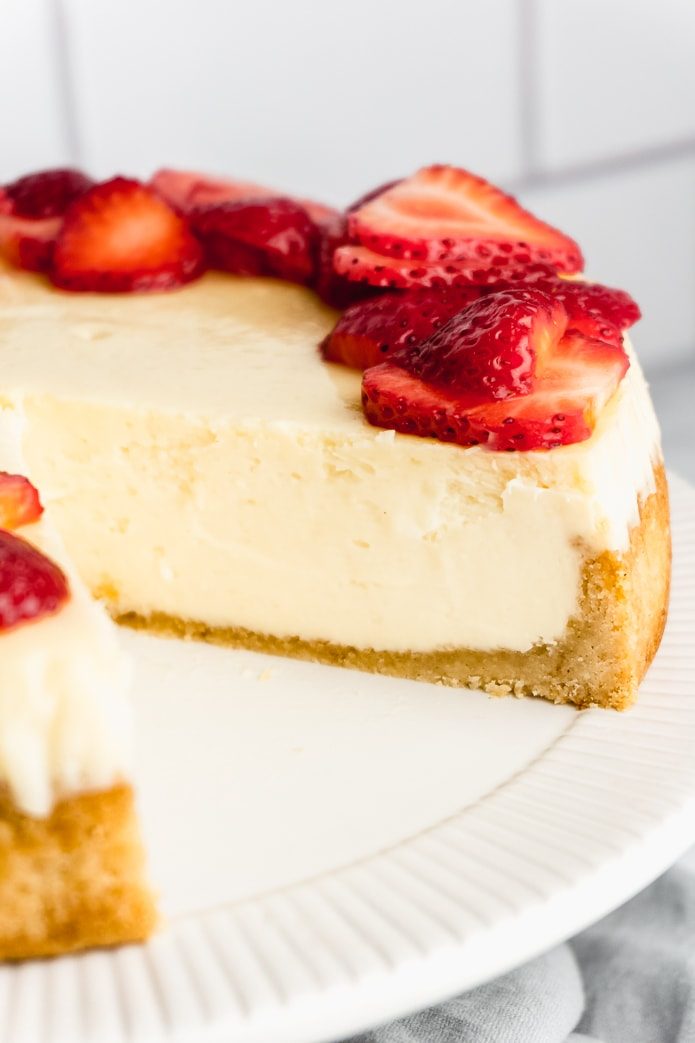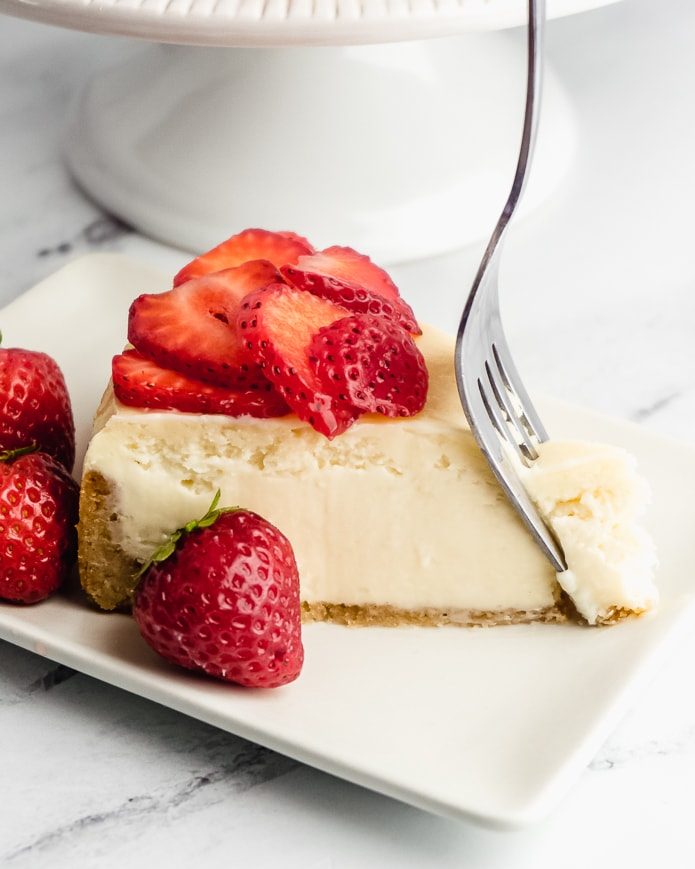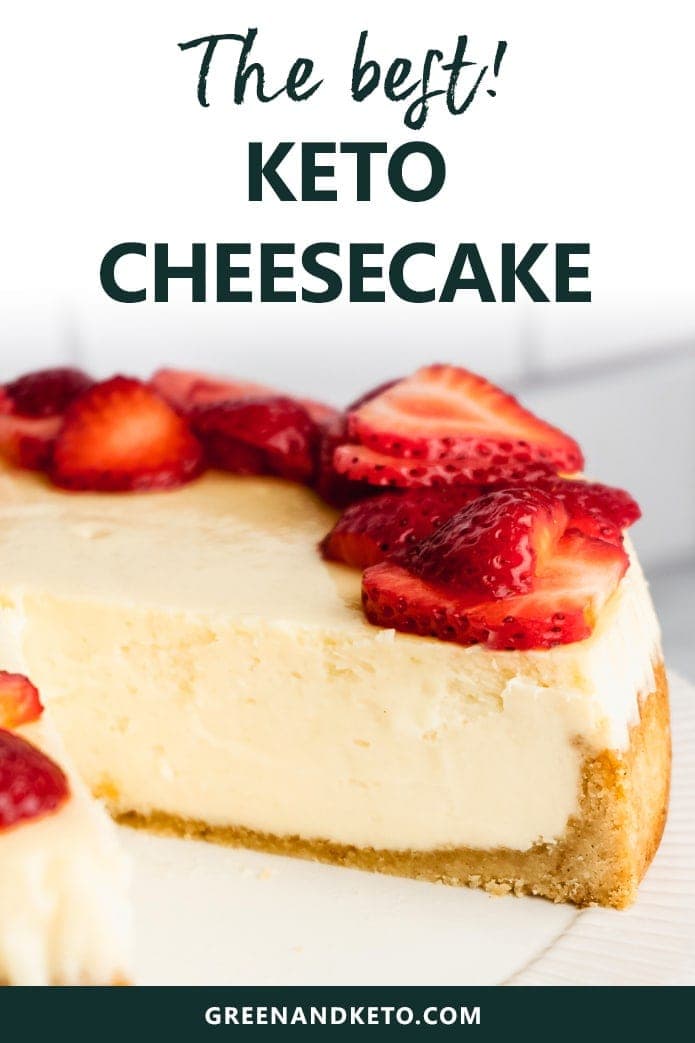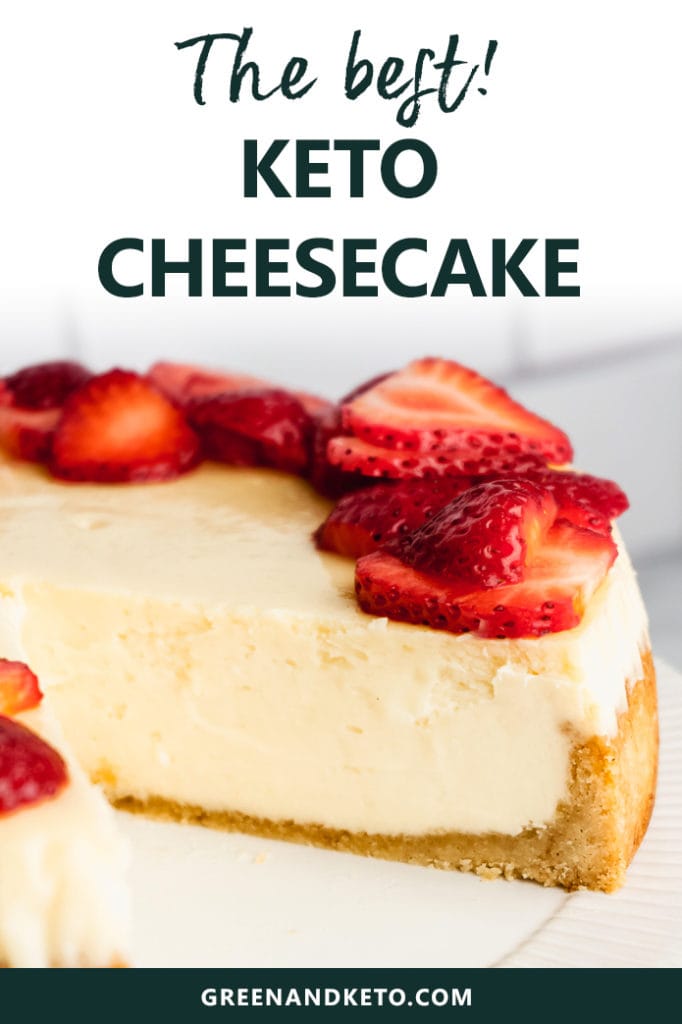Betancourt Androrush Testosterone Review
My Betancourt Nutrition Androrush Testosterone Booster First Look:
It's not often that I get excited about a new product on to the scene as the industry is absolutely awash with crap.
If I am honest, this is no exception either.
Bland packaging and the motif of a bull on the side in chrome.
Red and chrome upon black, mainly black.
It looks just like any other testosterone booster that has flooded the market.
However, it could well be distinguished by good, solid and proven ingredients. #
Let's hope it has something substantial to offer…
Ingredients: The Science
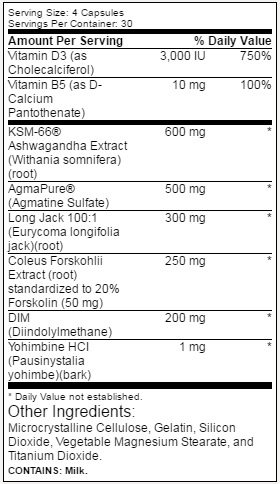
>READ: Testosterone Boosting Supplements that ACTUALLY Work
Agmatine – Agmatine is a metabolite of L-Arginine. It shows promise for alleviating neuropathic pain and drug addiction. Agmatine supplementation can also protect from strokes and benefit cognitive health.
https://examine.com/supplements/agmatine/
Yohimbe – Related to Yohimbine, Yohimbe is a powerful stimulant and used to increase fat loss as well as assist with erectile dysfunction. Can cause a host of other problems though, this is in out supplements to avoid list.
Supplementation with yohimbine combined with resistance training does not significantly alter the body mass, muscle mass, or performance indicators.
https://examine.com/supplements/yohimbine/
https://www.ncbi.nlm.nih.gov/pubmed/17214405
Coleus forskohlii – Forskolin is a chemical found in the roots of the plant Plectranthus barbatus. This plant has been used since ancient times to treat heart disorders such as high blood pressure and chest pain (angina), as well as respiratory disorders such as asthma, it can also assist with reducing fat mass in obese people.
However, no reliable scientific information that shows Coleus forskohlii extracts taken by mouth are effective.
https://examine.com/supplements/coleus-forskohlii
DIM (Diindolylmethane) – Diindolylmethane appears to promote a healthy balance of testosterone in the body and is found in vegetables such as broccoli.
https://examine.com/supplements/Diindolylmethane/
Pantothenic Acid (Vitamin B5) – One of 8 B vitamins. All B vitamins help the body convert food (carbohydrates) into fuel (glucose), which the body uses to produce energy. These B vitamins, often referred to as B complex vitamins, also help the body use fats and protein.
B complex vitamins are needed for healthy skin, hair, eyes, and liver. They also help the nervous system function properly and is critical to the manufacture of red blood cells.
http://umm.edu/health/medical/altmed/supplement/vitamin-b5-pantothenic-acid
Vitamin D3 – Vitamin D is a great Testosterone boosting vitamin that must be taken advantage of to trigger further production of Testosterone in your body.
However, there are two types of Vitamin D. There's calciferol (vitamin D2 ) and cholecalciferol (vitamin D3 ) – we are only interested in cholecalciferol which is D3; this is the type our skin synthesizes from the sun and becomes a hormone which results in the increases in our testosterone.
Research by the US Library of Medicine has shown that testosterone productions are increased with Vitamin D3 supplementation.
http://www.ncbi.nlm.nih.gov/pmc/articles/PMC3712348/
Ashwagandha (Withania Somnifera) – Studies have shown that treatment with Ashwagandha root extract resulted in a higher level of testosterone and a concomitant increase in serum levels of LH among infertile men having sub-optimal testosterone levels.
It's difficult to see if the same result would be found with guys who do not have any fertility issues. So the question is, are you infertile? If you've been banging your missus (or even your mistress, we shouldn't be even talking if you have smashed your sister) unprotected and have miraculously not had a sprog you probably are infertile…sorry to break that to you, bro.
http://www.ncbi.nlm.nih.gov/pmc/articles/PMC3863556/
Tongkat Ali (AKA Longjack or Eurycoma Longifolia) – is a pro-fertility agent and aphrodisiac that appears to have a large body of evidence supporting this role and some evidence suggesting it may be an anti-estrogen and pro-erectile agent.
Although there's some research to suggest it may increase testosterone levels in animals and humans it is pretty lackluster which doesn't bode too well.
http://www.ncbi.nlm.nih.gov/pmc/articles/PMC3433727/
Dose:
There is a good number of ingredients here but it equates to a small dose of just a little over 1861mg per day which is not good, in fact it lags far behind the best.
We are instructed to take four capsules daily which is a good amount, especially if taken across the day to ensure your body is continuously topped up with nutrients.
>>Take a look at our Top 3 boosters for something effective.<<
Pros:
When this testosterone booster is broken down it is clear there are only 2 reliable ingredients that can help increase testosterone levels, they are D3 and DIM.
Then there's Ashwagandha which appears only to be effective when tested on infertile men.
Therefore beneficial if you are infertile and not so much if you could make a lamppost pregnant by just looking at it.
Let's not forget the usefulness of B5 and Agmatine but let's face it, they don't help stimulate more testosterone production, and that's what we are looking to do.
Cons:
Let's start off with the fact there are 8 total ingredients and only 2 and potentially a third is beneficial to increase testosterone levels. Which is not a great hit rate.
Just think if a sniper had a success rate like that..? They wouldn't last long.
There's also the potential issues created by Yohimbe, which means you do not find them present in the best rated testosterone boosters or fat burners.
Coleus has no reliable evidence proving its worth and the same goes for Tongkat Ali too.
Betancourt Nutrition Androrush Testosterone Booster Conclusion:
This isn't like many testosterone booster that are either awash with what seems like hundreds yet pointless ingredient additions nor like the supplements that barely have anything included at all.
There are plus point such as 4 pills per day, D3 and DIM but then it goes downhill.
If only it included D-Aspartic Acid plus B6, Zinc and Magnesium because then we would be on the right track to a decent, well specified testosterone booster.
Take a look at what works to maximize your workouts.
> Increase Natural Testosterone Production
> Build Slabs Of Muscle
> More Energy
> Increase Strength
> Improve Overall Well Being
CLICK HERE TO READ MORE
![]()
Betancourt Androrush Testosterone Review
Source: https://testosteronejunkie.com/betancourt-nutrition-androrush-testosterone-booster-review/













